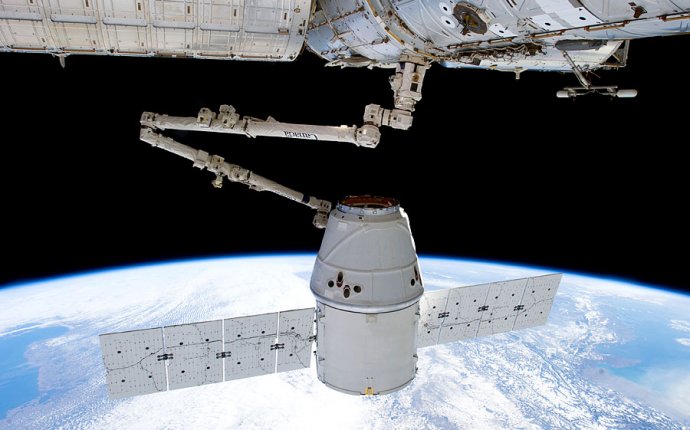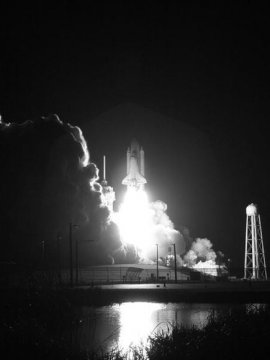
Information on space exploration
 NASA's space shuttle was unlike any other spacecraft built during the 30 years the program was in operation. Unlike the much smaller capsules of the Apollo era, which launched on the tips of rockets and splashed back into the ocean, the jetliner-size shuttle was designed to streak into space using powerful boosters and return to solid ground as a glider. The craft’s aerodynamic winged shape allowed it to descend through the atmosphere and touch down on a runway, much like a commercial airplane.
NASA's space shuttle was unlike any other spacecraft built during the 30 years the program was in operation. Unlike the much smaller capsules of the Apollo era, which launched on the tips of rockets and splashed back into the ocean, the jetliner-size shuttle was designed to streak into space using powerful boosters and return to solid ground as a glider. The craft’s aerodynamic winged shape allowed it to descend through the atmosphere and touch down on a runway, much like a commercial airplane.
While in orbit, the space shuttle circled the planet at some 17, 500 miles (28, 000 kilometers) an hour, which means that the crew could see a sunrise or sunset every 45 minutes.
NASA's space shuttle was unlike any other spacecraft built during the 30 years the program was in operation.
Unlike the much smaller capsules of the Apollo era, which launched on the tips of rockets and splashed back into the ocean, the jetliner-size shuttle was designed to streak into space using powerful boosters and return to solid ground as a glider. The craft's aerodynamic winged shape allowed it to descend through the atmosphere and touch down on a runway, much like a commercial airplane.
After liftoff from Florida's John F. Kennedy Space Center, a typical space shuttle mission lasted ten days to two weeks and included a full schedule of scientific experiments and technological maintenance. Astronauts performed a variety of tasks aloft, including satellite repair and construction of the International Space Station. Each of the shuttles was specially equipped for such functions, most notably with a large cargo bay and a robotic manipulator arm.
to space and returning successfully two days later.
In 1983 space shuttle astronaut Sally Ride became the first U.S. woman in space as part of the Challenger crew.
The program was a tremendous success for NASA, but it also endured several tragedies. A string of successful missions was broken in 1986 when Challenger disintegrated seconds after liftoff, killing its seven-person crew.
The space shuttle program was suspended in the wake of the accident, and no shuttles were launched for nearly three years. The program rebounded in April 1990 with the successful mission of Discovery.
Astronauts on this momentous flight placed the Hubble Space Telescope into orbit. This incredible imaging device has subsequently added much to our understanding of the cosmos while returning otherworldly images that bring the universe to life.
In 1995 the space shuttle Atlantis successfully docked at the Russian space station Mir, bringing the two great space programs closer together in an era of cooperation that stood in marked contrast to the early days of the space race.











